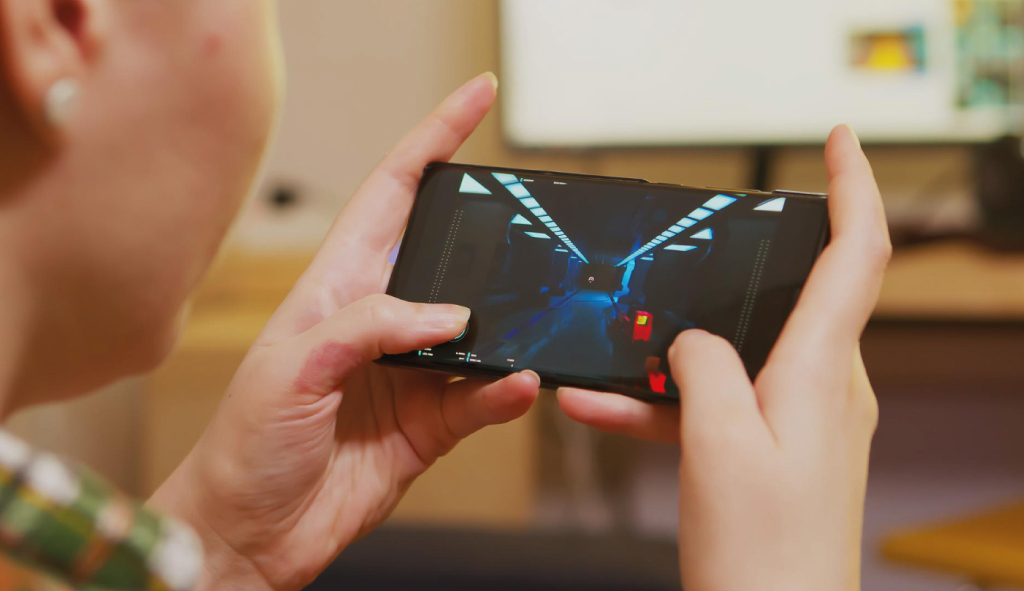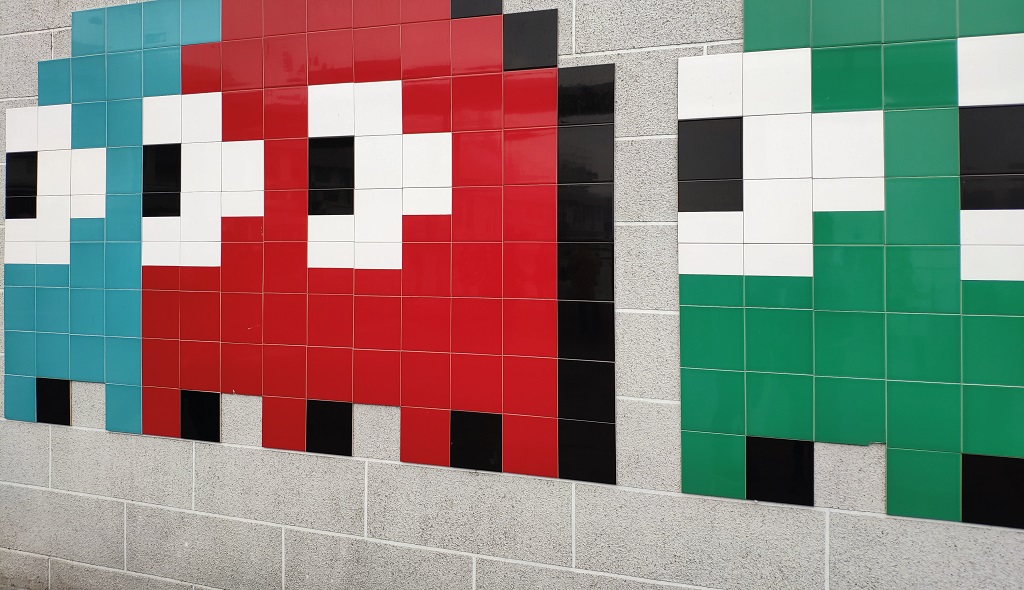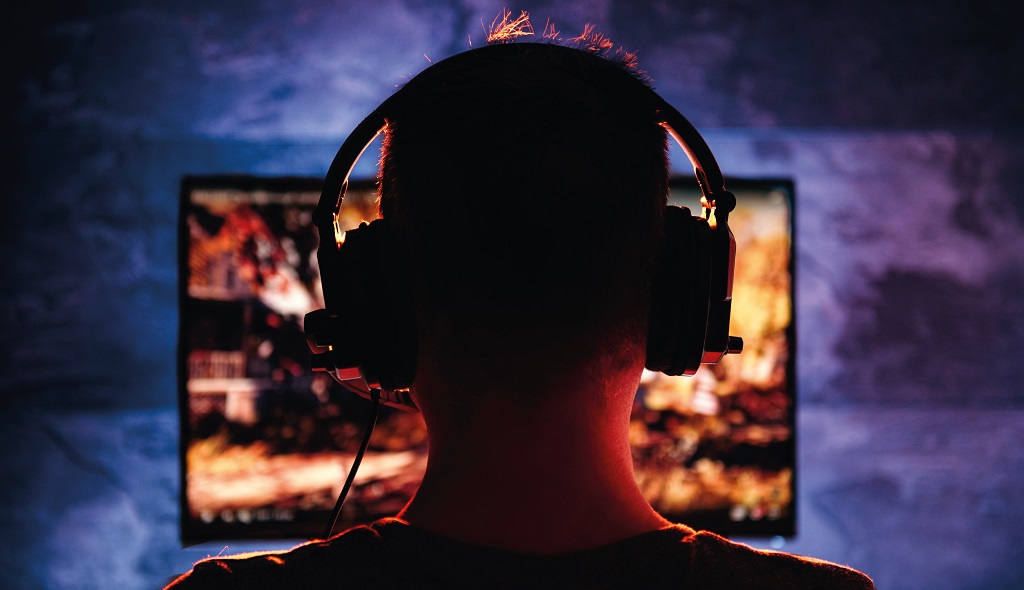Behind every exciting gaming experience, there is a team of developers working tirelessly to create a masterpiece that not only entertains but also immerses you into a different world altogether. One of the most critical factors in ensuring the success of a video game is its quality.
Quality encompasses all components of a game, from its graphics and sound to its localization. This is where comes into play as a crucial aspect of the development process that ensures that the localization is accurate, appropriate, and flawless in the intended target market.
Keep reading for a closer look at what LQA is, why it matters, and what the different types of LQA are.
What is LQA?
In a highly competitive gaming industry, LQA has become an essential component in ensuring the success of a game’s localization. By working with experienced LQA experts, video game developers can deliver high-quality localized versions of their games, which not only resonates with players but also increases the likeliness of success in the global marketplace.

LQA testing is designed to catch any localization errors that can detract from the overall gaming experience. These errors can range from mistranslations due to lack of context to cultural inaccuracies, and even improper font usage. With thorough LQA testing, these issues can be detected and fixed before release.
To guarantee quality, during the LQA process, experienced linguists who are fluent in the target language and culture, and most probably are avid gamers themselves, play the game and thoroughly review every aspect of it. This step allows them to pick up on any linguistic nuances that could potentially take away from the gaming experience. If any errors are found, they are flagged and fixed to make sure that players can enjoy the game without any language or culture-related issues.
What are the different types of LQA?
LQA encompasses three different types of quality assurance (QA): linguistic, visual, and functional.

- Linguistic QA focuses on any grammatical errors, spelling mistakes, and punctuation issues in the content. It also ensures that culturalization problems, inconsistent translations, and untranslated names or terms are flagged for correction.
- Visual QA deals with font issues, user interface problems, and any graphics or images that are incorrectly placed or formatted. They also check for content that has been left untranslated or any issues with missing characters or line-breaks.
- Functional QA is the most complex type and involves testing on different hardware and gaming devices such as Android, iOS, PlayStation, Xbox, Nintendo, and PC. During functional QA, specialists test for compatibility, performance, AI behavior, and accuracy of audio text and subtitles.
Why LQA?
LQA is a crucial step in game development that ensures all localized versions of your game are just as good as the original version. By investing time and resources into LQA, you’re showing your gamers that you care about their experience and value their feedback. Not only does this lead to happy players who are more likely to recommend your game, but it also prevents potential bad publicity that can arise from poorly localized games. With the rise of online communities and social media, it’s more important than ever to make sure your game is of the highest quality in all versions. So, we strongly advise against skipping LQA—it not only saves time and headaches, but it also helps to ensure the success of your game.
The Takeaway
LQA is a critical aspect of video game development and localization. By upholding the highest quality standards, video game developers can ensure that their games provide an immersive experience to players, thereby increasing their chances of success in the global market.









































